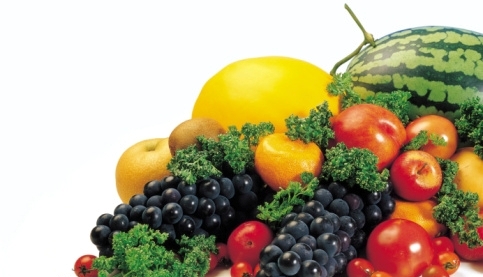Choose A Diet For Your Needs
Before you start a diet program, taking diet pills or beginning an exercise regime it is important to consult your doctor to ensure that the diet, pills or exercise you are about to start is safe for your body type and any health conditions you have. Diet pills and exercise programs produce the best and quicker results when combined with a healthy diet. Find out about the different diet options available and consult your doctor before beginning the diet alone or in combination with an exercise program or diet pills.
High Protein
High protein diets such as the Atkins diet became popular in the 2000s although the diet program was developed as far back as the 1960s. This diet program is a combination of high-protein consumption and low carbohydrate consumption. High-protein diets are aimed at burning calories because the protein is harder to digest than carbohydrates. The Atkins high protein diet system consists of four phases to introduce the body to a lowered amount of carbohydrates and a higher amount of protein and to maintain a healthy body. The phases for this diet include the Introduction, Pre-maintenance, Maintenance and Ongoing Weight Loss phases.
High Fiber
Fiber causes you to fill full more quickly and to consume less other foods. High fiber diets also mean less calorie consumption because foods high in fiber are typically lower in calories, which is also great to produce weight loss. Foods high in fiber also help to lower cholesterol levels in the body. High fiber diets are believed to produce other health benefits like protection from heart disease and lowering the risks of cancers developing throughout the body. Fiber is great for digestions and causes food to move through the bowels more easily and quickly, meaning less fats are absorbed into the body.
Low Fat
Low fat diets have several health benefits aside from weight loss including prevention of diseases like diabetes and even cancer. Eating a diet of low fat reduces calorie intake significantly. Low fat diets may be manipulated so that good fats are consumed, while bad and unhealthy fats are avoided. The diet is called low fat instead of no fat for a reason; fat is an important part of a healthy diet and should be consumed in moderation in order to absorb many vitamins necessary for immunity and eye, skin, bone and teeth health.
Vegetarian
There are different types of vegetarian diets; vegans who eat nothing at all produced by animals (including milks and cheeses) and lacto-ovo vegetarians who may eat cheese, milk or eggs. A vegetarian diet is easy to stick to, because you never accidentally eat something you should not eat that will disrupt the diet. A vegetarian diet involves eating only plants like fruits, vegetables and leafy greens like lettuce or collards. Avoiding eating fatty meats and consuming only vegetables results in lowered blood pressure, less risk of obesity and diabetes and lower cholesterol levels than fellow human omnivores.
Macrobiotics
Macrobiotics is a diet that revolves around eating a simple, balance diet to achieve harmony in the body. In the 1920s this diet practice was started by a Japanese educator who used the principles of both yin and yang to describe the foods used and the harmony created from a balance of these foods. The foods consumed in this diet are classified as either yin or yang according to tastes, body effects and properties. Grains, fresh vegetables, beans and lentils are recommended for this type of diet. Foods too yin or too yang such as meats, eggs and dairy products are recommended to be avoided. Additionally this diet governs that only purified water steeped into tea or used to boil noodles be used for drinking and that drinking only occur when thirsty.
Related Articles
-
10 Ways You Can Painlessly Cleanse Your Body
If you have been interested in cleansing or detoxifying your body
-
How to Remove GMOs, Fluoride, Allergies, Mercury And Chemicals With Just One Cheap Ingredient
Diatomaceous earth (DE) represents a rock made from skeletons of f
-
Weight Loss Plan - Set Yourself Up For Success
Your weight loss diet helps your program to be successful. The wrong
-
How to Rid Your Body of Excess Fluid and Water Weight
Fluid retention, or oedema, is a common occurrence in men and wome
-
A 1,400-Calorie, Metabolism-Boosting Meal Plan
V
-
Lemon Detox Diet
We ask two health experts to review the Lemon Detox Diet. &nbs
- DON'T MISS
- Top 9 Weight Loss Supplements to Avoid
- Drink This Every Night and Say Goodbye to Belly Fat!
- How Many Grams Of Carbs Should I Eat Per Day To Lose Weight?
- The Most Efficient Drink For Losing Belly Fat
- Nutrition for Weight Loss: What You Need to Know About Fad Diets
- Summer Holiday Traditions with a Healthy Twist
- Drink This Green Beverage Every Day And Your Body Will Be Cleaned Of Toxins!
- Diet Plans Can Help Elevate Your Weight Loss
- Dukan diet review
- Diet Plans Can Revolutionize your Life




